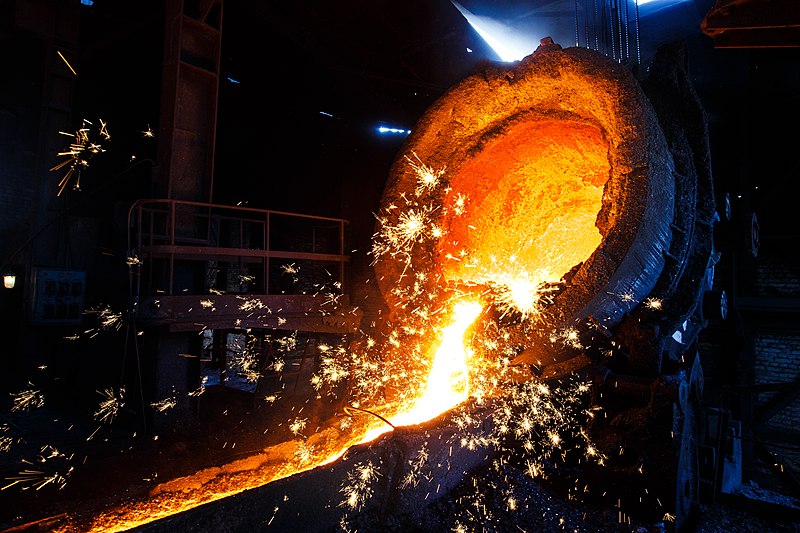Scientists have developed a revolutionary electrochemical method that converts carbon dioxide (CO₂) into oxygen (O₂) with an impressive efficiency of over 98%. This discovery, recently published in Angewandte Chemie, could be a game-changer for future Mars missions and even climate solutions on Earth.
A New Way to Make Oxygen from CO₂
Researchers from Nanjing University have pioneered a direct electrochemical approach that splits CO₂ into solid carbon and pure oxygen. Unlike conventional methods, this process does not require extreme conditions such as high pressure or temperature, making it highly adaptable for use in challenging environments—including outer space.
Why This Matters for Mars Missions
Mars’ atmosphere is composed of about 95% CO₂, making it an ideal place to apply this technology. By converting CO₂ into oxygen, astronauts could produce breathable air and oxidizers for rocket fuel without needing to transport them from Earth. This aligns with NASA’s goal of using local resources, a concept known as in-situ resource utilization (ISRU).
Previously, NASA’s MOXIE (Mars Oxygen In-Situ Resource Utilization Experiment) successfully extracted small amounts of oxygen from the Martian atmosphere. However, the new electrochemical method offers a more efficient and scalable approach, which could support long-term human presence on Mars.
Potential Benefits on Earth
Beyond space exploration, this technology could help combat climate change by reducing CO₂ levels and producing oxygen. By efficiently converting carbon dioxide into useful products, it presents a sustainable way to mitigate greenhouse gas emissions while generating clean air.
As scientists refine this method, its applications could extend beyond space and climate solutions. Whether enabling human survival on Mars or helping Earth’s environment, this breakthrough marks a significant step toward a more sustainable future.







